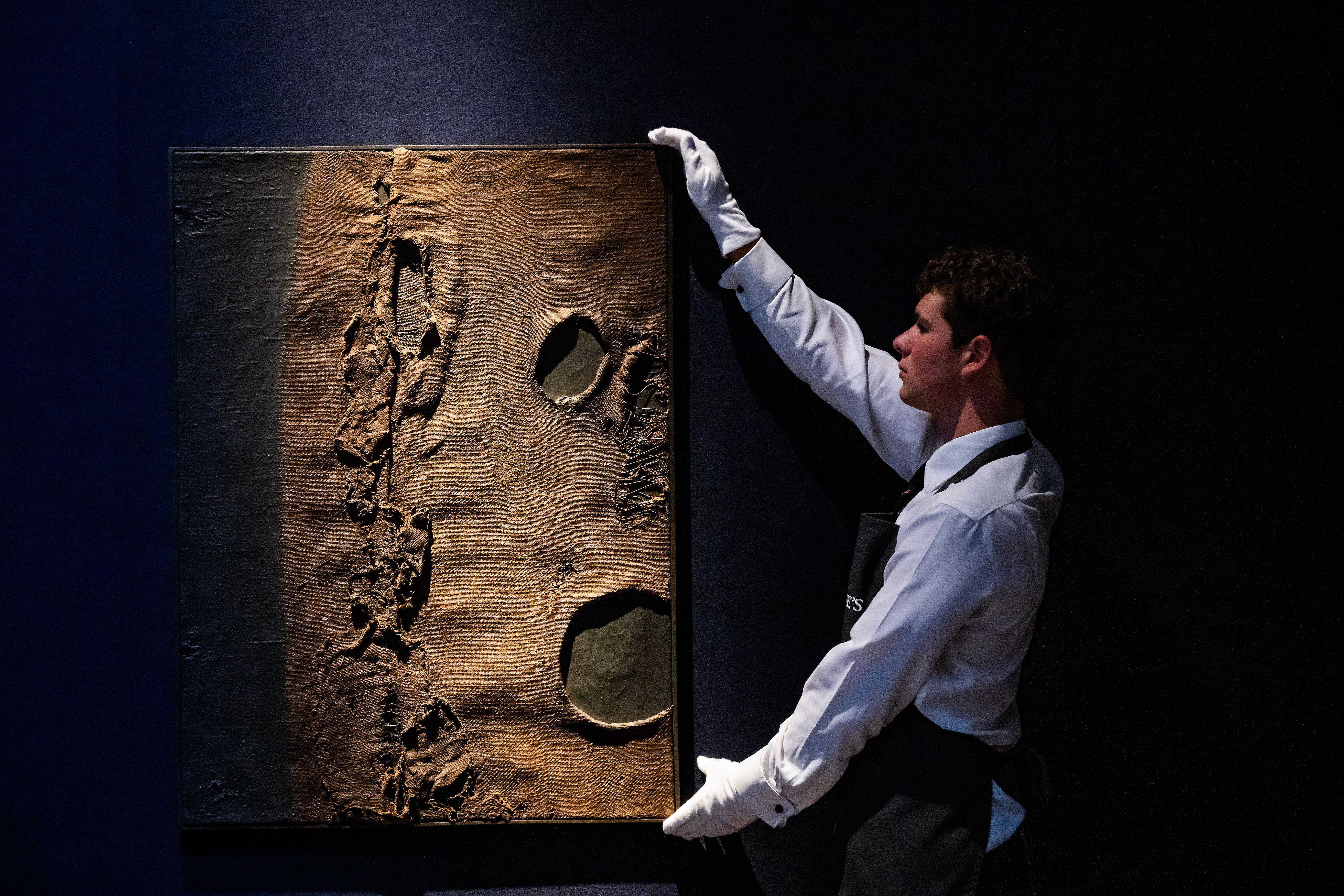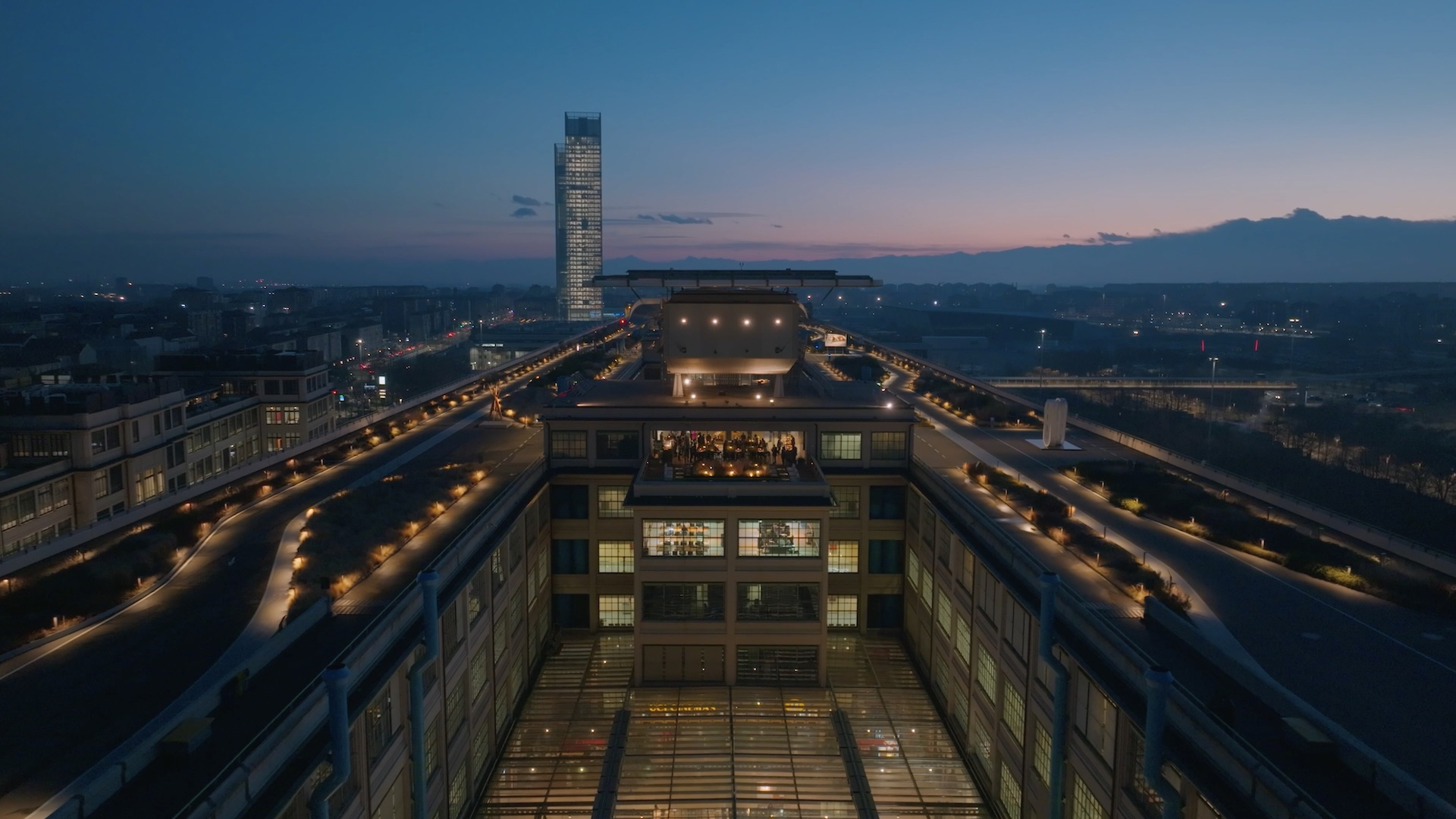
Art and entropy. Phenomenology of contemporary disorder
Imagine shuffling a deck of poker cards. Once, twice, three times. Assume now that we draw five cards, completely at random. Intuition suggests that the probability of finding only "red" cards (hearts or deniers) in your hand is quite low. I did the calculations: it happens, statistically, about one time in a thousand. To draw them all of the same suit, on the other hand, we have to rely on an event that occurs only 0.000495% of the time. Both events, though "possible," are therefore decidedly unlikely. But what does all this have to do with art? Quite a lot, actually.
Art, in social terms, is organized within a real System. Artists, critics, curators, gallery owners, collectors, dealers, enthusiasts, scholars-all of them compose a complex and changing (eco)system that, like any other system, must necessarily come to terms with a concept that governs the entire universe: entropy.
Entropy is usually described as the "maximum degree of disorder" of a system. It would be more correct, however, to speak of "randomness." If we think again about our deck of cards, we know that it is statistically very likely to draw five (dis)sorted cards in a random configuration of numbers and suits: that, to put it bluntly, is the condition of maximum entropy. In nature, similarly, any closed system tends spontaneously to achieve the highest possible degree of randomness. It is its final horizon, termed "thermal equilibrium," where every molecule is randomly distributed and any exchange of energy is now impossible. Life, in a universe that will have reached its "thermal death," will be pleonastically impossible.
 Thermal death, AI-generated image
Thermal death, AI-generated image
Now: art and entropy, at first glance, seem rather distant concepts. However, by analyzing the evolution of the art world through the prism of entropy, an interesting parallel can be drawn. In physics, as mentioned, entropy measures the disorder of a system: the greater the entropy, the greater the disorder and randomness of the system itself. Similarly, the evolution of art styles that have followed one another and multiplied throughout history can be read as an increase in entropy in the "closed" system--crucial term--of the art market.
In "iconological" terms (to quote Erwin Panofsky), the language of art has been codified through a succession of visual paradigms. In ancient art, it is very easy to identify a stylistic "attractor," determined by the low degree of entropy of a highly centralized system: in the Middle Ages, order and symbolic coherence were predominant because works were almost solely commissioned by powerful patrons, such as the Church or the nobility, who dictated stylistic and thematic rules. A study conducted by Oxford University on Christian iconography in medieval and Renaissance art showed that 74 percent of the artistic production from the period between 1190 and 1620 depicts religious themes. Most of the works analyzed also show a high stylistic uniformity, which is particularly evident in Christian iconographic representations, where there were rigid canons for the depiction of sacred figures such as Christ Pantocrator or the Madonna and Child, which follow highly standardized compositional and symbolic patterns.
 Christ Pantocrator Hagia Sophia Constantinople
Christ Pantocrator Hagia Sophia Constantinople
With the advent of modern art, the paradigm changed dramatically. The emergence of the free art market and the reduction of traditional patronage led to an explosion of different art styles and movements. Now, such a development of stylistic variety and complexity can be read as an increase of entropy in the art system. Sotheby's, one of the world's most famous auction houses, conducted a detailed analysis of the growth of art movements in Europe during the 19th century, with a particular focus on the period between 1870 and 1900: the goal was to understand whether the evolution and development of novel styles affected the perceived value of the works being auctioned-and, consequently, the company's revenues. The results? The increase in stylistic variety in the last three decades of the 19th century (estimated at around 325 percent) is matched by an increase in the performance of the works, which are priced on average 78 percent higher than older works, albeit similar in terms of nominal prices. Entropy, then, is good for the market. At least to that of auction houses.
 Hong Kong, 26 Apr, 2019. Claude Monet, Hay Sheaves, 1890
Hong Kong, 26 Apr, 2019. Claude Monet, Hay Sheaves, 1890
Artprice, a leading art market analysis firm, also conducted a quantitative and qualitative study of the evolution of art movements in the 20th century, focusing, however, on the period between 1901 and 1949, a historical moment when the proliferation of avant-garde art literally redefined the boundaries of art. Reviewing more than 10,000 works auctioned over the past two decades, more than 60 distinct art movements were identified: each "current"-even where it is not strictly classified as avant-garde-produces substantial sales and directs collectors' purchases based on stylistic characteristics inscribed within an extremely ramified nomenclature. In other words: the more "contemporary" art becomes, the more the production of visual texts (in the semiotic sense of the term) fragments into an incredible variety of different styles, codes and languages.
 Jackson Pollock, Autumn Rhythm. No 30, 1950 (Painting)
Jackson Pollock, Autumn Rhythm. No 30, 1950 (Painting)
To read the data, it seems quite evident that the Art System is also subject to entropy. And it could not be otherwise, at least reasoning in purely thermodynamic terms. The problem is that the entropic horizon of any closed system, as mentioned, is its thermal death. What about art? Is it not sliding toward the same, terrible fate?
If we think of the art world as a system that exchanges energy and information, thermal equilibrium-which coincides with the maximum possible entropy-is reached when the randomness and disorder of the system prevent the manifestation of any energy gradient useful for sustaining dynamic processes. In this hypothetical place where "stasis" exclusively reigns, there is no longer any structure, since energy is completely dispersed: unable to accumulate spontaneously, all forms of potential disappear from the equation governing a system in perpetual equilibrium. It is absolute chaos. And therefore calm. Inert. Motionless.
 Alberto Burri, Cretto G1, 1975
Alberto Burri, Cretto G1, 1975
The contemporary art scene, upon closer inspection, possesses more than one systemic feature that suggests to us a trend that can be likened to the concept of thermal death. The extreme volatility of the market, to take a dramatically concrete example, creates enormous - and often unjustifiable - fluctuations in artistic quotations: the value of the works of an emerging artist can vary in a very short time, "burning" his name on the altar of merely speculative operations. The absence of organized art movements, or even vaguely recognizable stylistic schools, also leads to a fragmentation of the art scene that disorients the public and the artists themselves. If we add to this the endless amount of material produced and "exhibited" (even if only in virtual terms) every single day, the market - by reflex - cannot but degrade toward total saturation.
 Art Basel, Miami Beach Florida
Art Basel, Miami Beach Florida
Volatility, fragmentation, hyper-quantity: in approaching the art system, audiences today experience a condition of permanent cultural stagnation. Reflexively, interest in art diminishes because of the difficulty in finding value in the chaotic mass of stimuli on offer. Everything falls flat in a sterile and meaningless background noise. And the market, at least the one dominated by the most emblazoned galleries, seems to stiffen its perimeter of operation more and more. Artists, immersed-perhaps only conceptually-in a paradigm that is difficult to undermine, are still convinced that there is only one way to succeed: to enter the Art System "that counts" by gravitating to the orbit of a major gallery. The general public's substantial lack of interest in contemporary art (determined, as mentioned, by a heterogeneous sum of different factors) feeds, conversely, a "closure" of the System itself. But the System, being able to count on an elite with boundless purchasing power, does not seem at all to suffer from its increasingly self-referential dimension.
The problem, however, is all about entropy. If the system continues to shrink, progressively stiffening its boundaries, disorder and randomness will increase exponentially. It is already very difficult (for anyone observing the art system from the outside) to find "low entropy islands," that is, agglomerations of potential that emerge from the sterile background noise to produce value and energy. The public is increasingly turning away from contemporary art -- perceiving it, now, as a formless mass of chaotic, disorganized, insignificant stimuli. The exchange of energy in the System is (at least for now) guaranteed by a constant injection of liquidity that forages it, but the external value perception cannot be sustained solely by an economic factor. On the contrary.
 Michelangelo Pistoletto, Venus of rags in Piazza Municipio in Naples, 2024
Michelangelo Pistoletto, Venus of rags in Piazza Municipio in Naples, 2024
A paradigm shift is needed. Art should once again become a central element in people's lives: art is energy, and that energy must flow freely within an open ecosystem. "Low entropy islands" can still form thanks to novel "attractors" that organize potential and make it visible and freely usable. The challenge is all in building an original vector, capable of attracting energy to return it to the outside world while preserving (even amplifying) its meaning. Spaghetti Boost, in my opinion, was born for this: to resist entropy.
Sources:
https://academic.oup.com/jaac/article-abstract/29/4/565/6336703
https://academic.oup.com/edited-volume/37093/chapter-abstract/323226523?redirectedFrom=fulltext
https://www.artprice.com/artmarketinsight/the-art-market-in-2022
https://www.sothebys.com/en/articles/collecting-guide-19th-century-european-arts-quintessential-genres
https://www.sothebys.com/en/buy/auction/2022/19th-century-european-art
https://www.sothebys.com/en/buy/auction/2022/19th-century-works-of-art
Creative, teacher and expert in visual culture, Alessandro Carnevale has worked on TV for several years and has exhibited his works all over the world. In 2020, the Business School of Il Sole 24 Ore included him among the five best Italian content creators in the artistic field: on social media he deals with cultural dissemination, covering a wide spectrum of disciplines, including the psychology of perception, semiotics visual, aesthetic philosophy and contemporary art. He has collaborated with various newspapers, published essays and written a series of graphic novels together with the theoretical physicist Davide De Biasio; he is the artistic director of an open-air museum. Today, as a consultant, he works in the world of communication, training and education.



